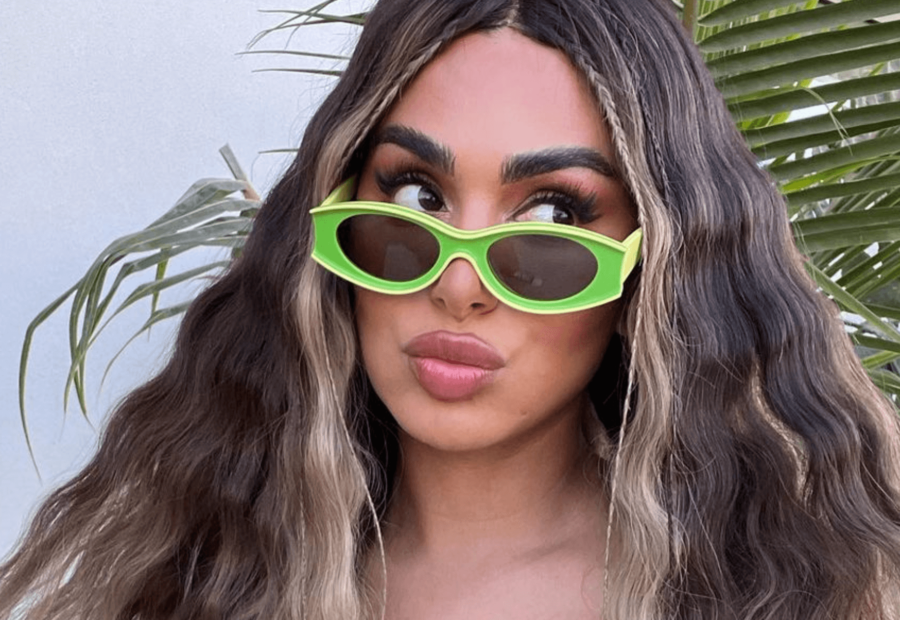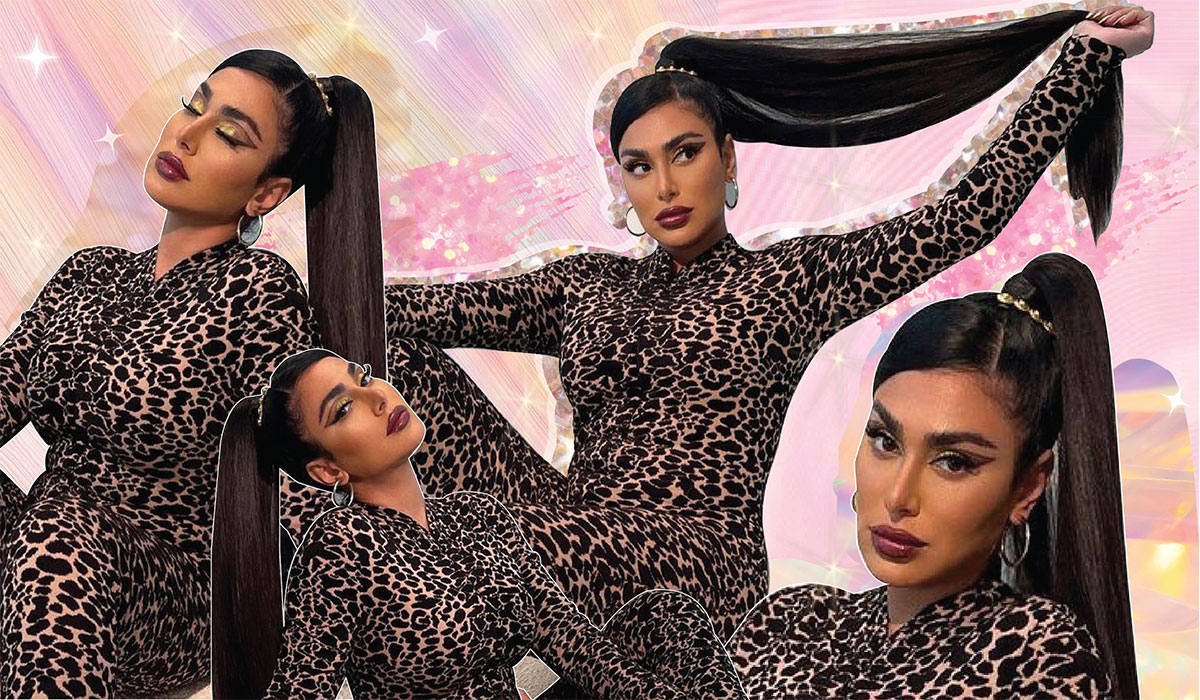5 Common Hairstyling Mistakes That Cause Hair Loss Or Thinning
 Source: Rosdiana Ciaravolo/Getty Images
Source: Rosdiana Ciaravolo/Getty Images
Now that we’re beginning to leave the house regularly (yaaay), it’s time to get real about hairstyling. As much as we want our hair to look cute 24/7, we also want to do everything in our power to minimize hair damage, which also includes hair loss and thinning. In fact, according to 2018 research, approximately 40% of women experience excessive hair shedding when styling their hair. From brushing your hair too frequently to snatching your locks and causing stress at the follicle, there are so many common hairstyling habits that can contribute to hair loss. Here are five bad hairstyling habits and what to do instead.
1. Over Heat-Styling
It’s a well-known fact that heat styling is the enemy of healthy hair, especially if your hair is thinning. When you apply extreme heat to your locks, it weakens the hair shaft, thereby increasing the likelihood of damage and hair loss. Another major no-no? You should never straighten or curl wet hair as the water literally fries your hair, and it can take numerous treatments to restore your hair to its normal elasticity.
With that said, there are some precautions and techniques that lessen the extent of damage from heat styling tools.
What you should do instead: Before you turn on your hairdryer, always apply a heat-protective spray. Think of it as sunscreen for your hair, protecting your hair from damage and enabling your hair to retain its natural oils. We love the TRESemmé Keratin Smooth Heat Protection Shine Spray, $8.
It’s also important to consider the texture of your hair when heat styling. For thick or curly hair, trade in a nozzle for a diffuser and keep the temperature low – this enhances your curl pattern for a bouncy, shiny blow-dry. If you have fine or color-treated hair, set the temperature to low to achieve the best shine.
We love the new Sisley Hair Rituel The Cream 230, $105, which is so much more than just a heat protection product! The botanical-enriched formula is activated by heat and forms an adhesive micro-gel that repairs the hair by sealing damaged parts, leaving behind a super glossy finish. It’s a protective and restorative treatment all in one!
2. Snatching Your Hair Too Tight
 via Giphy
via Giphy
As much as we love slaying a snatched ponytail or braids, do it regularly and you could fall victim to hair loss around the hairline and even at the crown of your head. The latter happened to Huda during a photoshoot while wearing a super tight, heavy ponytail, which put excessive strain on the hair follicles and caused the hair to fall out. This type of hair loss is known as traction alopecia. Check out how she encouraged re-growth here.
What you should do instead: Wearing a tight ponytail every once in a while won’t cause your hair to fall out. However, the repetitive stress or tension on the hair follicle will compromise its ability to produce and sustain healthy hair strands. So, when you tie up your hair, try to go for a loose style like a soft braid or a low bun daily, or something that doesn’t cause too much tension. Using a silk scrunchie is the easiest way to limit damage, or more recently, we’ve been addicted to claw clips.
Similarly, despite the name “protective style,” many braided styles can cause breakage at the root. If you’ve been slaying braids for a while and want to opt for a style that causes less tension, check out knotless braids.
3. Sleeping with Your Hair in a Ponytail
Sleeping with your hair in a ponytail or tied in an elastic band is another BIG no-no. Once again, it can lead to traction alopecia triggered by constant tugging and pulling when your hair is tied too tight. This constant strain causes your hair follicles to become inflamed, damaging them so that they’re unable to complete their growth cycle. As well as pulling your hair, friction between your hair tie and the pillow can also cause your hair particles to weaken and split ends to emerge mid-length, resulting in even more damage.
What you should do instead: If you have straight or wavy hair, either leave your hair loose or wear a loose bun or braid. However, the best thing to do, especially if you have curly, coily or kinky hair, is to use a silk wrap or bonnet at night. This not only keeps your hairstyle frizz-free but also prevents hair damage.
Posts You'll Love:
4. Wearing Heavy Extensions

If you have thinning hair, turning to hair extensions for added volume or length may seem like a no-brainer. However, extensions – especially if they’re not fitted correctly – can lead to hair damage and even hair loss. The extra pressure and weight of the hair can strain the scalp, inflaming the hair follicle, leading to breakage at the root and increasing hair loss. If you’re already experiencing hair loss due to your extensions, have the extensions removed and focus on letting your scalp and hair recover.
What to do instead: When it comes to extensions, you need to do your research. First, you need to find the right hair texture, weight, and color and learn how to fit them properly or have a professional do it. Check out our extension guide for more deets.
5. Brushing your Hair Too Often
While most of us are taught that brushing our hair to keep it soft and tangle-free is a great healthy hair habit, brushing your hair too frequently can actually contribute to hair loss.
Excessive combing can strain your scalp, which can lead to breakage and hair thinning. In fact, after a 4-week study, researchers found that hair loss was reduced by brushing less frequently.
What you should do instead: The bottom line is you should only brush your hair when it’s needed and not just randomly. Try brushing your hair before you wash it when it’s still dry, as hair is most fragile when wet. After showering, use a wide-tooth comb, then leave it to air dry or style. It’s also imperative that you find the best hairbrush for your hair type, so check out our brush guide.
For more haircare advice, check out 21 hair tips everyone should know.
Disclaimer: Every product we review has been independently selected and tested without bias by our editorial team. We never take payment to review products; however, some brands allow affiliate links, so we may earn a commission if you purchase a product by clicking on one of our links.






















Leave a comment